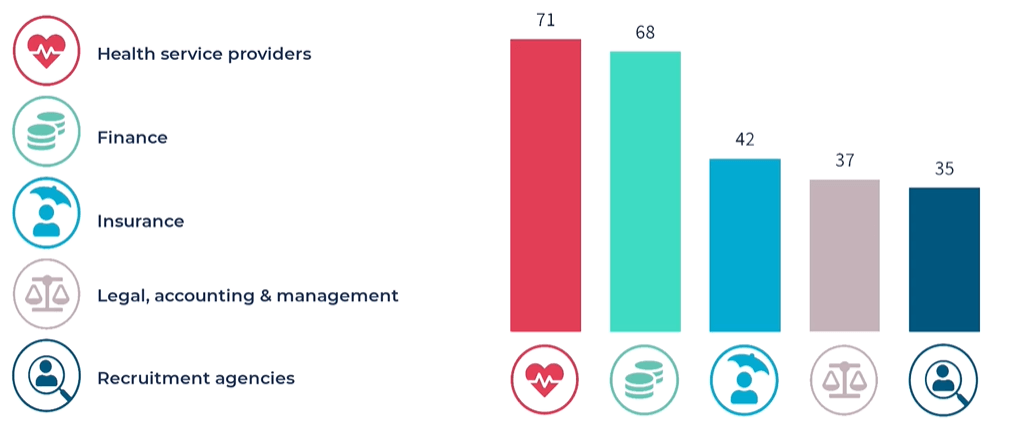The Australian Immunisation Register (AIR) is a national, lifelong immunisation register that records the vaccines administered to all Australians, including:
- COVID-19 vaccines
- Vaccines given under the National Immunisation Program (NIP)
- Privately given vaccines, such as for seasonal influenza or travel.
Reporting detailed vaccination information to AIR enables the register to contain a complete and reliable dataset for monitoring immunisation coverage and administration.
From 1 March 2024, AIR will introduce new mandatory reporting requirements to improve the data currently held. The following information will be required to upload an encounter to AIR from 1 March 2024.
Selecting the Vaccine Type will be Mandatory for Selected Vaccines
If a vaccination provider is both the immunisation and the information provider, and the vaccine was administered on or after 1 March 2024, specifying vaccine type will be mandatory for selected vaccines when uploading an encounter to AIR. Vaccine type could be Antenatal, NIP/Commonwealth, private or state program.
Route of Administration will be Mandatory for Selected Vaccines
If a vaccination provider is both the immunisation and the information provider, and the vaccine was administered on or after 1 March 2024, specifying the Route of Administration will be mandatory for selected vaccines when uploading an encounter to AIR.
Batch Numbers will be Mandatory for Selected Vaccines
If a vaccination provider is both the immunisation and the information provider, and the vaccine was administered on or after 1 March 2024, specifying the Batch Number will be mandatory for selected vaccines when uploading an encounter to AIR.
More information regarding these changes will be made available in the near future. These mandatory changes will be included in the next version of Bp Premier, Orchid SP2. We recommend upgrading to Orchid SP2 as soon as it is available so your practice may continue to meet the mandatory AIR reporting requirements.
Authored by:
Suzi Eley
Training and Deployment Team Leader at Best Practice Software
Explore our range of news and training resources:
Bp Learning Video Library | Bp Learning Training Options | Bp Newsroom Blog
Subscribe to Our Newsletters | Bp Learning Webinars















